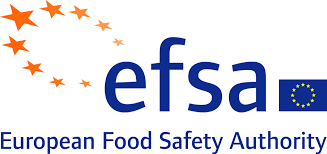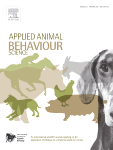Document type: EFSA Opinion.
Authors: EFSA Panel on Animal Health and Welfare (AHAW), Søren Saxmose Nielsen, Julio Alvarez, Dominique Joseph Bicout, Paolo Calistri, Klaus Depner, Julian Ashley Drewe, Bruno Garin-Bastuji, Jose Luis Gonzales Rojas,
Christian Gortazar Schmidt, Mette Herskin, Virginie Michel, Miguel Angel Miranda Chueca, Helen Clare Roberts, Liisa Helena Sihvonen, Hans Spoolder, Karl Stahl, Antonio Velarde, Arvo Viltrop, Denise Candiani, Yves Van der Stede and Christoph Winckler
Preview: Cattle of different ages may have to be killed on farm for purposes other than slaughter (the latter being defined as killing for human consumption) either individually or on a large scale, e.g. for economic reasons or for disease control. The purpose of this scientific opinion is to assess the risks associated with the on-farm killing of cattle. The processes during on-farm killing that were assessed included handling and moving, stunning and/or killing methods (including restraint). The killing methods were grouped into mechanical and electrical methods as well as lethal injection. In total, 21 hazards compromising animal welfare were identified and characterised, most of these related to stunning and/or killing. Staff was identified as an origin for all hazards, either due to lack of appropriate skills needed to perform tasks or due to fatigue. Possible preventive and corrective measures were assessed: measures to correct hazards were identified for 19 hazards, and the staff was shown to have a crucial role in prevention. Three welfare consequences of hazards to which cattle can be exposed during on-farm killing were identified: impeded movement, pain and fear. The welfare consequences and relevant animal-based measures related to these were described. Outcome tables linking hazards, welfare consequences, animal-based measures, origins of the hazards, preventive and corrective measures were developed for each process. Mitigation measures to minimise the welfare consequences are proposed






